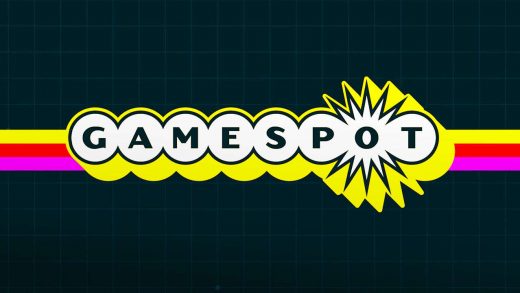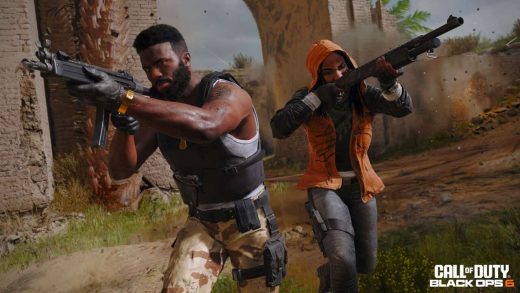
The PS5 and PS4 are home to many incredible RPGs. Everything from JRPGs, action RPGs, to even old-school computer RPGs have a presence on Sony’s latest home consoles. There’s a lot to play, so to help those looking for their next big adventure, we put together this list of the best RPGs on PS4 and PS5.
Whether you’re after a more traditional experience with turn-based battles and a party of memorable characters, a flash action RPG with lots of loot, or even something more experimental, our list for the best PS4 and PS5 RPGs has something for you.
For more PlayStation recommendations, check out our lists of the best PS5 games and best PS4 games. If you’re a PS Plus subscriber, we also have lists dedicated to the new library of games on PS Plus Extra and Premium: best overall games on PS Plus, best PS3 games to stream, best classic games.
13 Sentinels: Aegis Rim
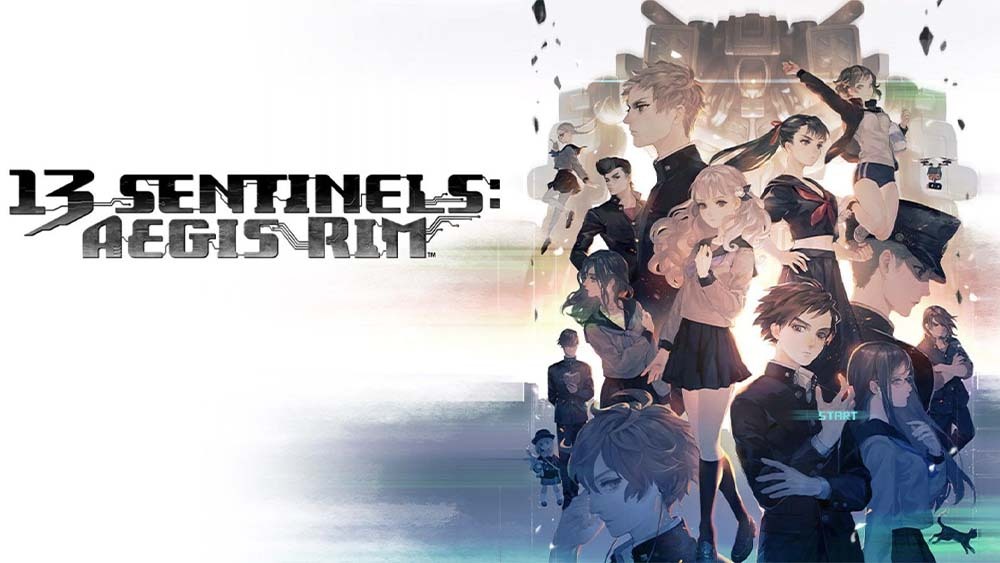
On the surface, 13 Sentinels: Aegis Rim is a game about high school mecha pilots battling against world-destroying Kaiju monsters, but there’s a lot more going on here than mecha anime tropes. Be warned that this is a very story-heavy game, playing closer to visual novel with occasional side-scrolling adventure game sections and RTS-like mecha battles scattered in between. However, the story is excellent, presented in a non-linear fashion that lets players choose which part of the tale they want to experience next. The narrative time-hopping also plays into the game’s mind-bending sci-fi themes.
Read our 13 Sentinels: Aegis Rim review.
Bloodborne
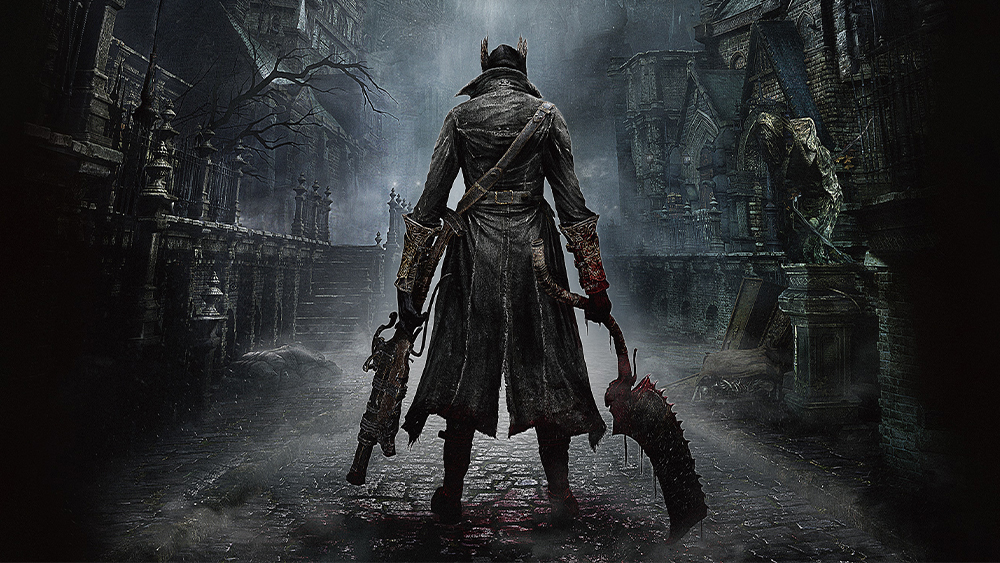
From Software’s “soulsborne” series are among the best action-RPGs you can play on PS4 and PS5 right now, including the PS4-exclusive Bloodborne–a game that many consider the studio’s best, even in the wake of Elden Ring. Bloodborne skirts the line between action-RPG and full-on action game, resulting in more aggressive and fast-paced battles than Dark Souls, while offering more control over your character build and equipment than Sekrio: Shadows Die Twice. But the real draw is the game’s Victorian-horror-meets-Lovecraft setting, which is unlike anything else the studio has made before or since.
Read our Bloodborne review.
Dark Souls III
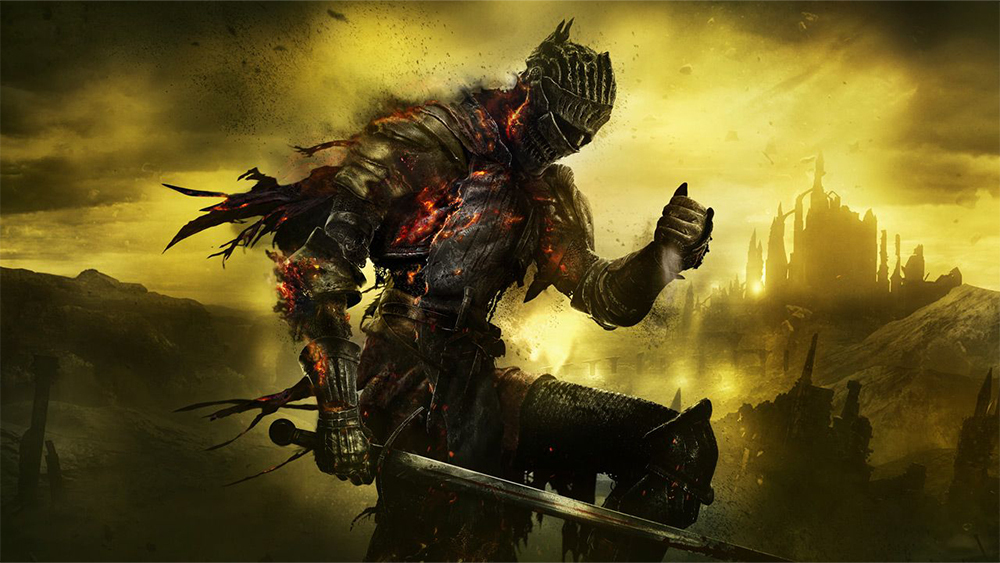
If you’re on a From Software kick and Bloodborne isn’t quite your thing (or you already beat it), Dark Souls III might slake your dark fantasy thirst. While technically the third and final entry in the trilogy, you can jump into Dark Souls III without playing the first two. Sure, there’s plenty of lore connecting the series together, but soulsborne games are inscrutable enough in the first place that it won’t make much of a difference. Dark Souls III’s gameplay is also more varied than its predecessors. In fact. Elden Ring’s combat cribs heavily from Dark Souls III, so newly converted fans may find Dark Souls III easier to get into than other previous FromSoft games.
Read our Dark Souls III review.
Demon’s Souls (PS5)
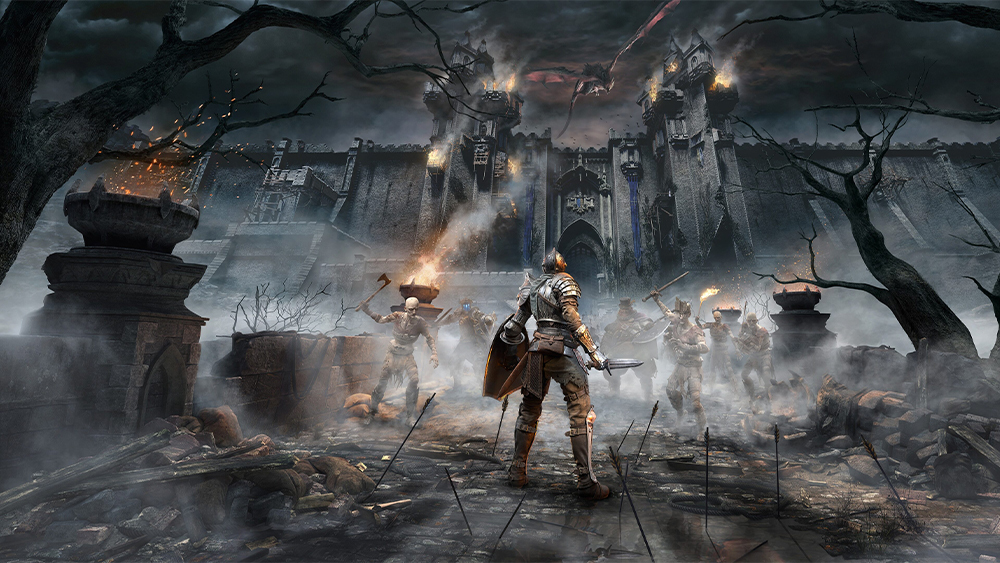
Bluepoint’s Demon’s Souls remake on PS5 refurbishes the cult-classic PS3 title with jaw-dropping visuals. Bluepoint’s remake admittedly takes some liberties with the art direction that some purists take issue with, but we think it looks absolutely stunning. And aside from some welcome quality-of-life changes, the gameplay is largely the same as its PS3 counterpart. It’s easily the most approachable way to experience the game that kicked off From Software’s soulsborne series.
Read our Demon’s Souls Remake review.
Diablo III: Eternal Collection
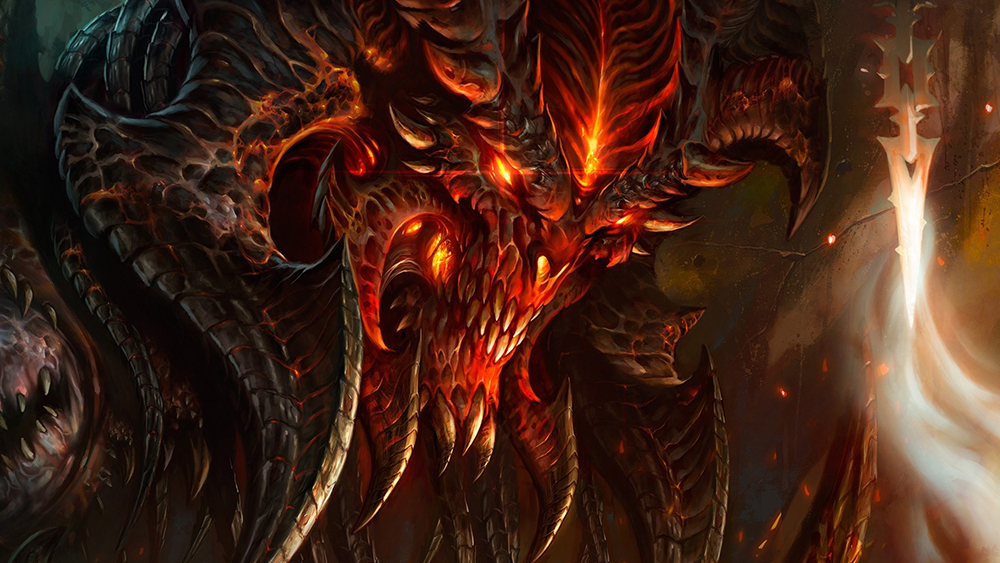
Diablo III brought the granddaddy of all hack-and-slash action-RPGs to consoles, giving those who prefer playing games on their couch a taste of the series’ loot-driven forays through Hell (and even further beyond). Despite its PC roots, Diablo III plays great with a controller — and plays even better with a friend or four in online or offline co-op. Diablo III is also packed with tons of content designed for replayability, so this one could give you tons of game for your buck.
Read our Diablo 3: Eternal Collection review.
Disco Elysium: The Final Cut
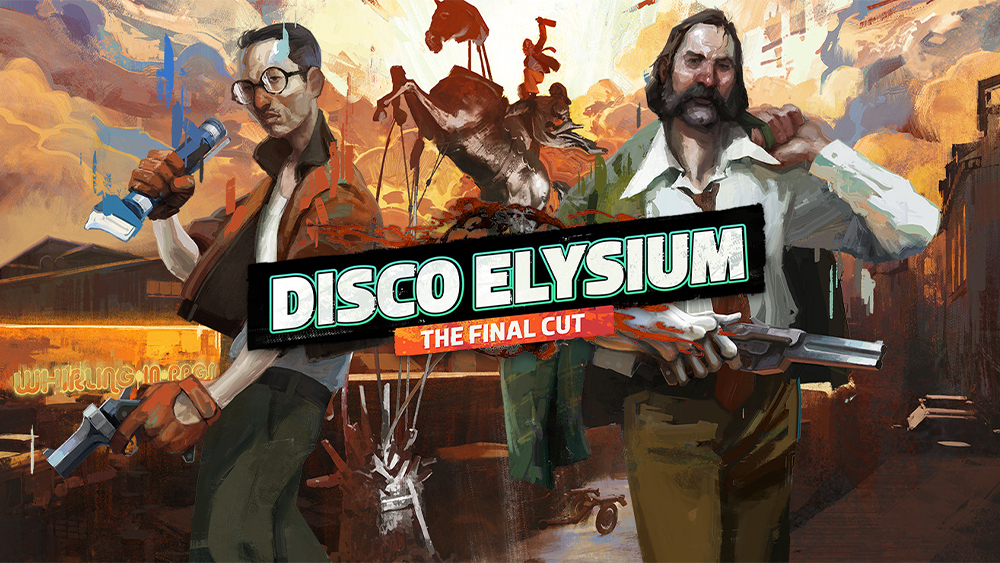
Disco Elysium is one of those rare RPGs that truly emphasizes the roleplaying: Everything in the game is decided by skill checks and dialogue options like in tabletop RPGs, and every choice you make has a tangible effect on your character’s abilities, personality, and sometimes their perception of reality. Even “combat” encounters and violent confrontations are decided with skill checks rather than a bespoke combat system like in most other RPGs. Factor in the excellent writing and outlandish urban fantasy setting, and you have one of the most interesting RPGs of recent memory.
Read our Disco Elysium: The Final Cut review.
Divinity: Original Sin 2
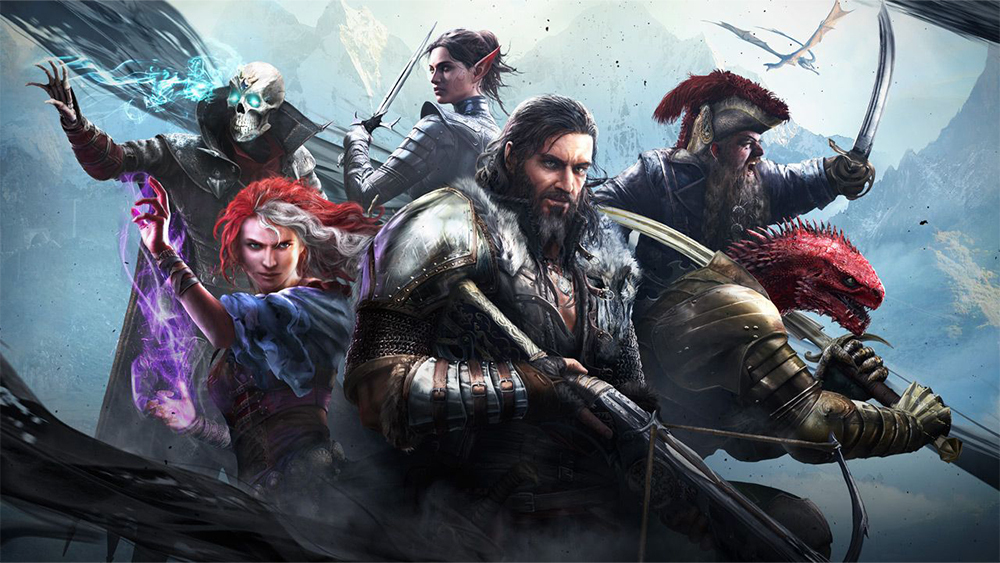
Divinity: Original Sin 2 brings the classic isometric computer RPG style to modern consoles. There’s a fascinating story filled with unique characters and branching dialogue paths to experience, plus tactical combat and granular character customization to tinker with. And to top it off, there’s a co-op mode that lets you quest with a friend. This is the perfect game for anyone who wants to experience the depth of a classic CRPG from the comfort of their couch.
Read our Divinity: Original Sin 2 review.
Dragon Age: Inquisition
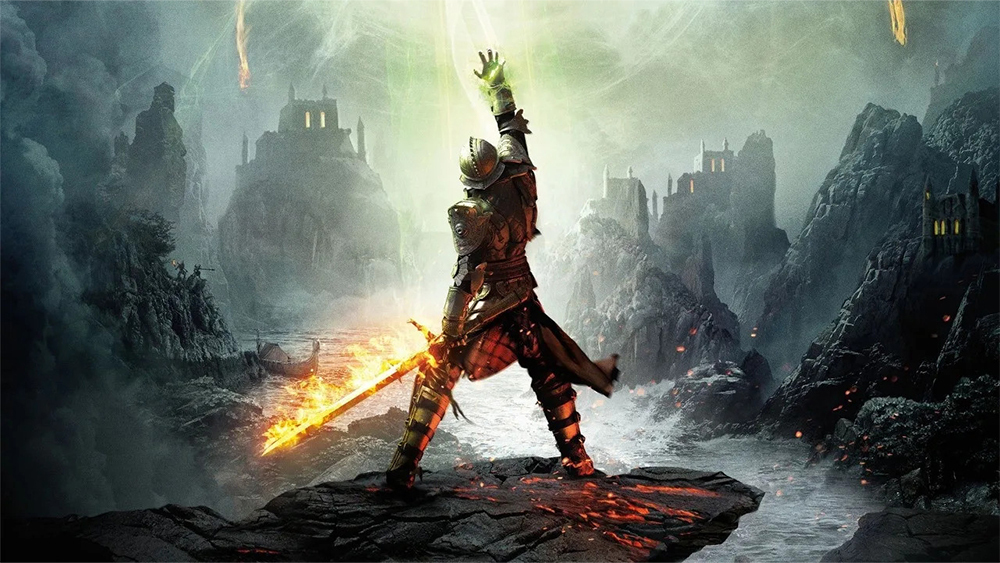
In this action-RPG from BioWare, players take the role of the Inquisitor, tasked with closing dimension rifts that are opening throughout the world along with your various companions. Like other BioWare games, Dragon Age: Inquisition gives players plenty of roleplaying opportunities, from customizing your character’s appearance and skills to making game-changing choices that change the story’s outcome. Dragon Age: Inquisition is the third game in the Dragon Age saga, and while some familiarity with the previous games will make certain story moments more impactful, Inquisition stands well on its own.
Read our Dragon Age: Inquisition review.
Dragon Quest XI S: Echoes of an Elusive Age
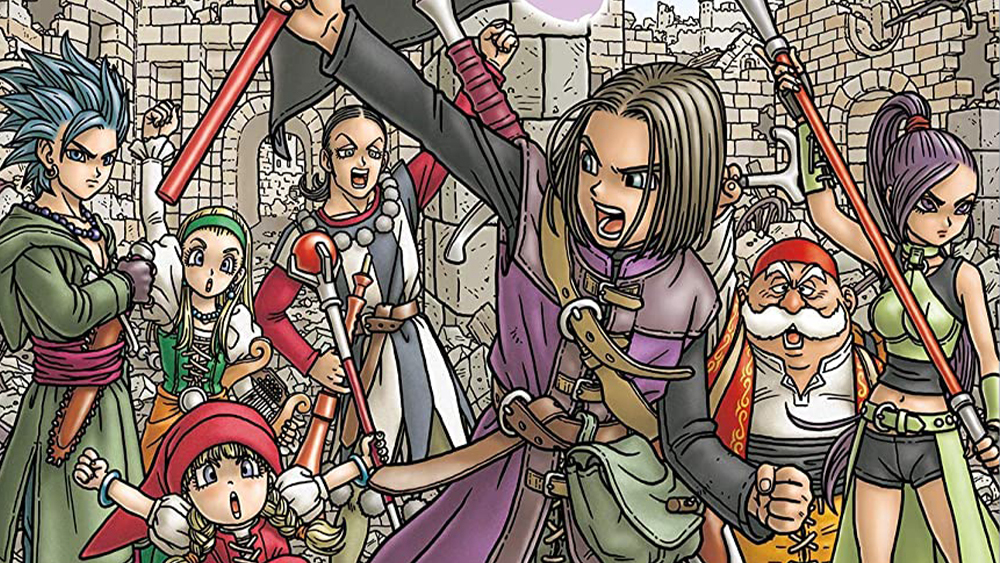
Dragon Quest XI S: Echoes of an Elusive Age is a modern JRPG classic, and the Dragon Quest 11 S edition makes it even better. Along with a far better orchestrated soundtrack, Dragon Quest XI S also added new story content and welcome quality-of-life options that speed up battle. The only downgrade to this version over the original is the visuals; Dragon Quest XI S was originally launched on the Nintendo Switch, so it isn’t quite as pretty as the original PS4 release–but we promise the changes are minimal, and the other enhancements are good enough to make up for any visual shortcomings.
Read our Dragon Quest XI review.
Dragon’s Dogma: Dark Arisen

Capcom’s open-world action-RPG was originally released on the PS3 and 360, and while it’s starting to show its age visually, it still plays wonderfully. The in-depth class customization and fast-pace combat are particularly noteworthy; in fact, the battle system was designed by Ryota Suzuki, who also designed the combat in other notable action titles like Devil May Cry 5 and the upcoming Final Fantasy XVI. The game also features a large open world filled with secrets, dangerous roaming beasts, and plenty of side quests to keep you busy.
Read our Dragon’s Dogma: Dark Arisen review.
Elden Ring

If you need a game you can play for hundreds of hours, Elden Ring is it. While Elden Ring can be just as tough as From Software’s previous output, the larger scale, bevy of possible character builds, and sheer breadth of content in this game makes it much more approachable for newcomers. Instead of throwing yourself against a super-hard boss fight over and over, Elden Ring’s open-world structure means there’s always something else to see on the horizon, and lets you tackle challenges at your own pace.
Read our Elden Ring review.
Fallout 4
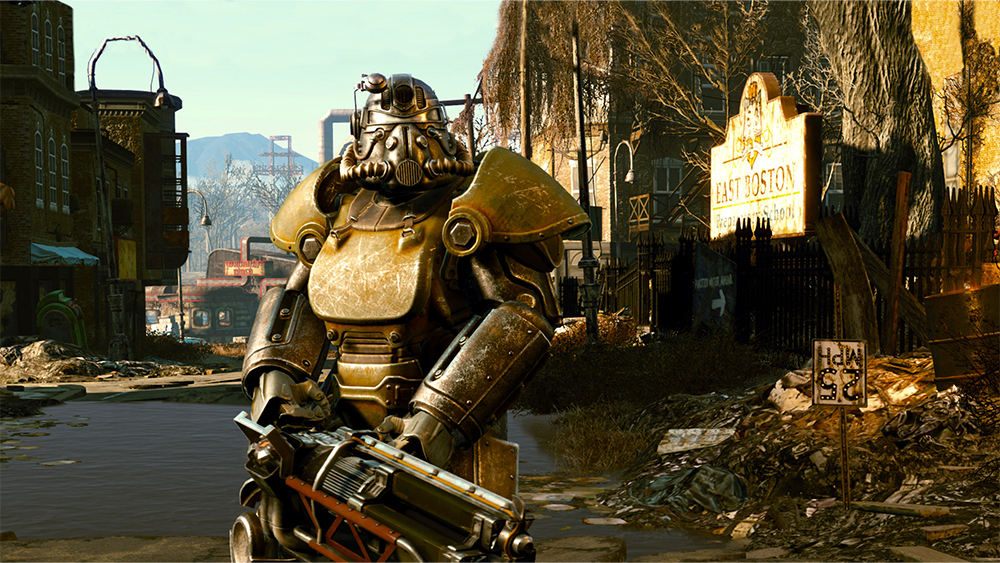
Like all Bethesda RPGs, Fallout 4 lets players explore a massive open world, and the post-apocalyptic New England wasteland is one of the studio’s most visually impressive locales to date. It also features the VATS system, which lets you pause the action during gunfights so you can target an enemy’s specific body parts. However, Fallout 4 makes major changes to Bethesda’s formula, namely the new base building mode. Fallout 4 is also the first of Bethesda’s open-world games to feature a fully voiced protagonist. While this does limit the roleplaying options in some ways, players who prefer protagonists with bespoke personalities may appreciate the change.
Read our Fallout 4 review.
Final Fantasy VII Remake
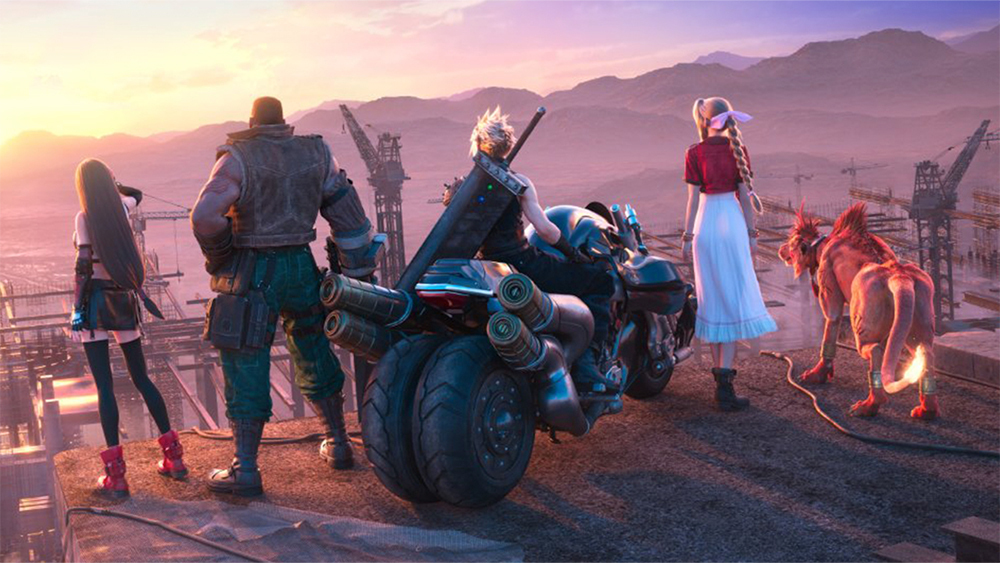
While we wouldn’t say the Final Fantasy VII remake replaces the original, it’s absolutely a worthwhile game in its own right. Final Fantasy VII Remake takes place entirely in the city of Midgar, fleshing out the first few hours of the PS1 original into a 40-hour tale that gives players a deeper look into settings and its characters, while also reimagining certain story elements in surprising ways. Gameplay-wise, Final Fantasy VII Remake finally strikes the perfect balance between action-RPG and classic turn-based combat modes, and features a revamped version of the materia system that is arguably better than the original’s.
Read our Final Fantasy VII Remake review.
Final Fantasy X/X-2 HD

This collection packages Final Fantasy X and its direct sequel Final Fantasy X-2, two of the best PS2-era JRPGs, in a single game. Both games are set in the tropical world of Spira, feature many of the same characters, and are built on series-staple gameplay elements. However, each offers its own unique experience: Final Fantasy X features a more classic Final Fantasy structure (sans overworld map), and a revised turn-based battle system unlike any other game in the series. Final Fantasy X-2, on the other hand, uses a more open-ended mission-based structure, but includes the classic job system and faster ATB battles.
The HD collection gives both games a new coat of paint and enhanced soundtracks, and throws in tons of extra content that bridges Final Fantasy X and X-2 and beyond.
Read our Final Fantasy X/X-2 HD Remaster review.
Final Fantasy XII: The Zodiac Age

While Final Fantasy XII is a major departure from previous titles, it takes many ideas from throughout the series and its spin-off and remixes them in unique ways. Final Fantasy XII features a unique combat system that melds real-time action, strategic planning, and elements of the iconic ATB (active time battle) system of the older Final Fantasy games. It’s also set in the world of Ivalice from the Final Fantasy Tactics series, and the Zodiac Age version incorporates the series’ iconic job system. It’s different from other games in the series, but it’s also one of the best.
Read our Final Fantasy XII: The Zodiac Age review.
Horizon Forbidden West
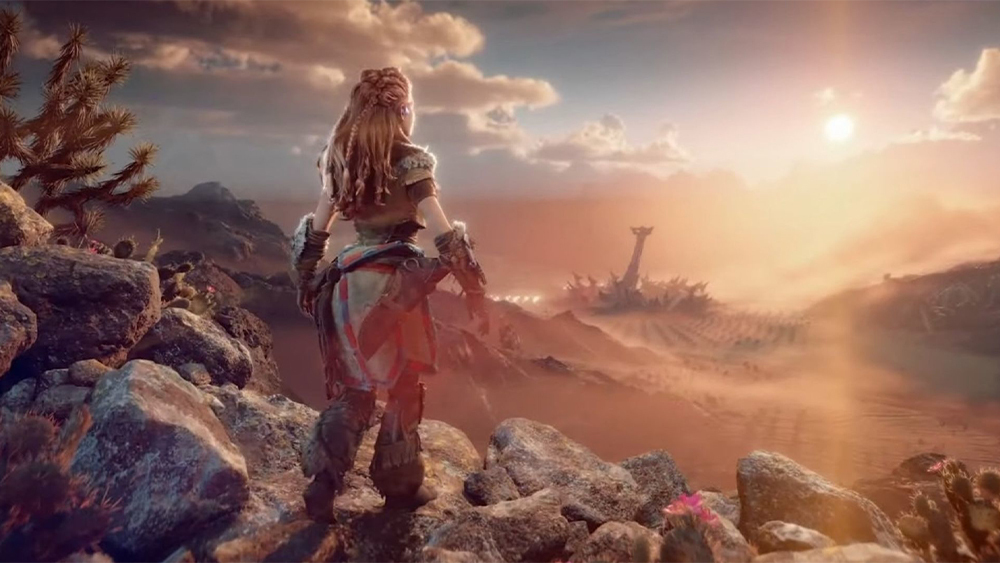
A direct sequel to the PS4 smash hit, Horizon Forbidden West for PS5 and PS4 sees the protagonist Aloy traveling to and exploring the game’s post-post-apocalyptic version of the western United States. Having uncovered the mysteries of the first game, Aloy’s quest now involves finding a cure for a strange plague spreading through the land. Using Alloy’s crafting, climbing, and hunting abilities, you’ll explore the world, complete side quests, and take on the deadly dinosaur-like robots stalking the wilderness.
Read our Horizon Forbidden West review.
Kingdom Hearts Series
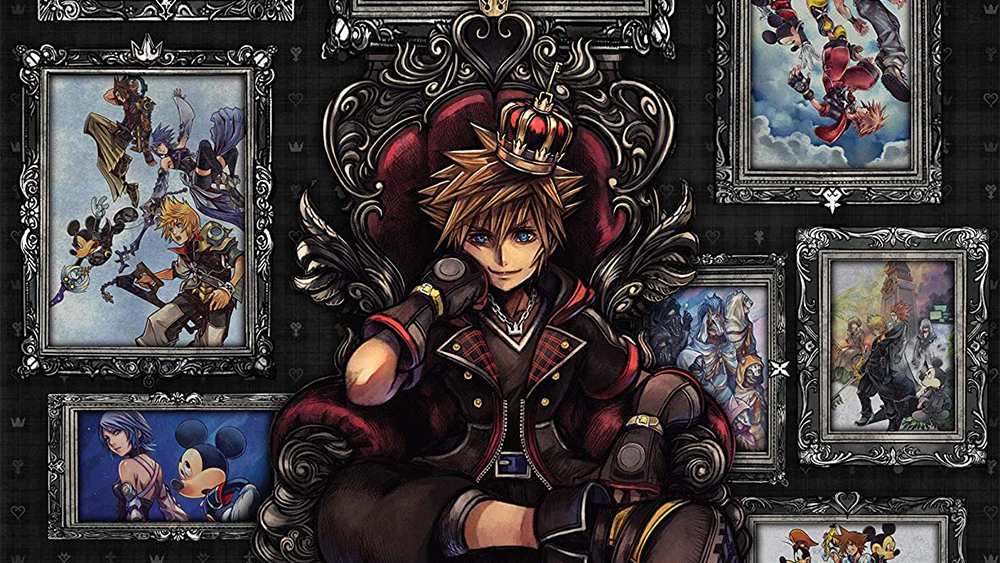
Kingdom Hearts is the only JRPG series where you can battle shadowy monsters alongside Jack Skellington from Nightmare Before Christmas, sing “Let it Go” with Elsa from Frozen, and duel with Cloud and Sephiroth from Final Fantasy VII. While Kingdom Hearts III is technically the latest entry in the series and the first made specifically for PS4, the third game’s story may be a bit overwhelming for new players. Luckily, the rest of this beloved action-RPG series is also available through Kingdom Hearts: The Story So Far Collection on PS4 and PS5.
Legends of Heroes: Trails of Cold Steel Series

The Trails of Cold Steel is a multi-game saga filled with political intrigue, love stories, betrayals, and giant robots. The four games in the series follow Rean Schwarzer, member of Thors Military Academy’s Class VII. Players control Rean and his companions, duking it out with their enemies in turn-based battles. Considering the series’ overarching story, it’s best to play them all in order starting with Trails of Cold Steel I on PS4. Just note that those cool mecha battles don’t become a major part of the gameplay until the second game onwards.
Mass Effect Legendary Edition
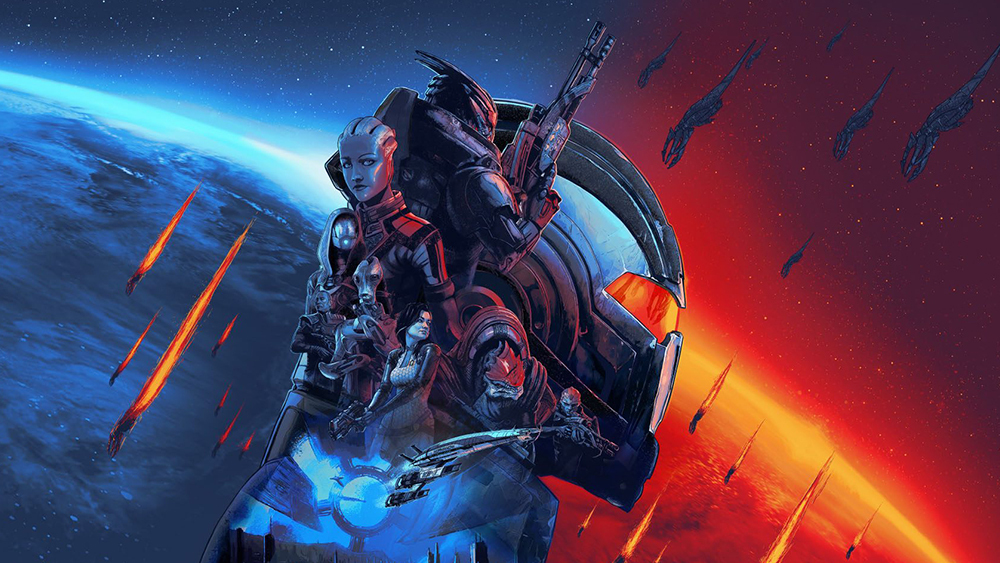
The tale of Commander Shepard and their crew of misfit companions rivals the adventures of any Skywalker or StarFleet captain, and the Mass Effect Legendary Edition is the easiest way to experience the entire trilogy at once. While the third-person shooting gameplay varies in mechanics (and quality) between the three games, the real draw of the Mass Effect series is creating and customizing your own version of Commander Shepard. Throughout all three games, you’ll be faced with difficult decisions that impact the way Shepard’s story unfolds, change who lives and dies, and even alter the ultimate fate of the galaxy.
Read our Mass Effect Legendary Edition review.
Monster Hunter World: Iceborne Master Edition
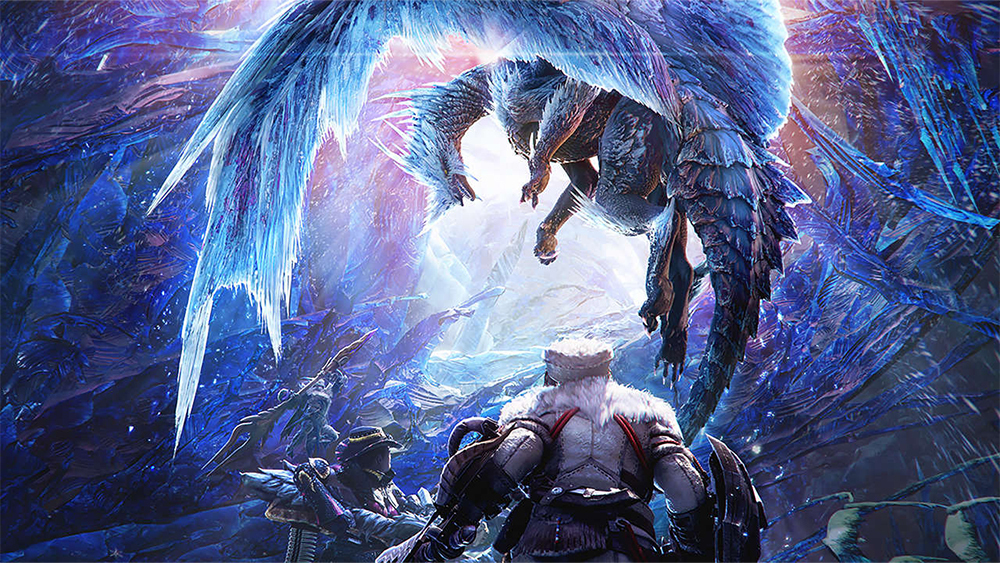
Monster Hunter World: Iceborne is the biggest, and in our opinion the best, entry in this long-running action RPG series. It’s one of those games where there’s always a new goal to work towards. In Monster Hunter, there is no “ultimate” weapon or armor set; each monster has its own set of strengths and weaknesses, so you constantly need to craft new gear to take on new challenges.
This version of the game includes the base Monster Hunter World, plus the massive Iceborne expansion in a single package. You could easily find yourself sinking dozens–even hundreds–of hours chasing down the game’s numerous giant beasts and crafting new weapons.
Read our Monster Hunter World: Iceborne review.
Nier: Automata
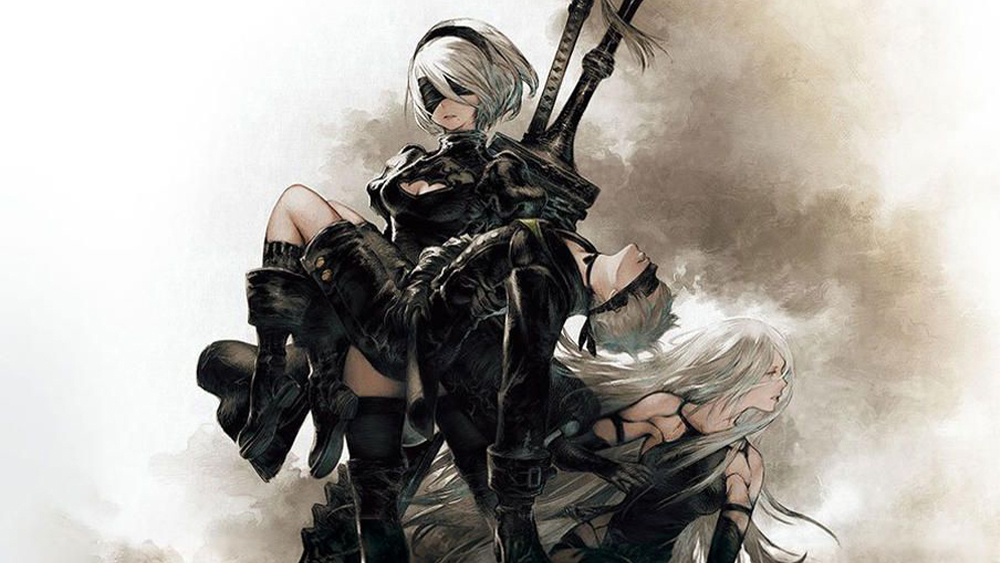
Nier: Automata is one of those games that has to be played to be believed. An action-RPG about androids battling in a post-apocalyptic Earth sounds pretty generic, and while the existential themes it explores are admittedly well-worn territory, Nier: Automata tells its story and explores its setting in interactive ways that are only possible in a video game. Oh, and the soundtrack is incredible.
Nier: Automata is entirely playable on its own, but it’s worth noting a remake of the original game in the series, Nier: Replicant, is also playable on PS4 and PS5, and offers more insight into the world and its history.
Read our Nier: Automata review.
Nioh 2

Team Ninja’s fast-paced samurai action-RPG incorporates gameplay elements from the studio’s Ninja Gaiden series and FromSoftware’s soulsborne titles, then dumps piles of loot on top of it all. The result is a deeply engrossing combat-focused RPG. You’ll battle hordes of Yokai, collecting heaps of upgradable loot and unlocking new skills and powers along the way. This is a tough, but rewarding game–and there’s a robust online co-op mode and matchmaking available for those who want to take down bosses with their friends.
Read our Nioh 2 review.
Nobody Saves the World

Nobody Saves the World is a top-down action-RPG from Drinkbox Studios, the team behind beloved indie metroidvania series Guacamelee, and the dungeon crawler Severed. Nobody Saves the World lets players customize their non-descript humanoid hero on-the-fly with unique powers that change their appearance and abilities. There are over 18 powers to collect, including the magician, a slug, a dragon, and more, and most are earned by completing side-quests for the game’s charming NPCs. Each one has a special ability to help you clear the game’s many procedurally-generated dungeons.
Read our Nobody Saves the World review.
Persona 5 Royal
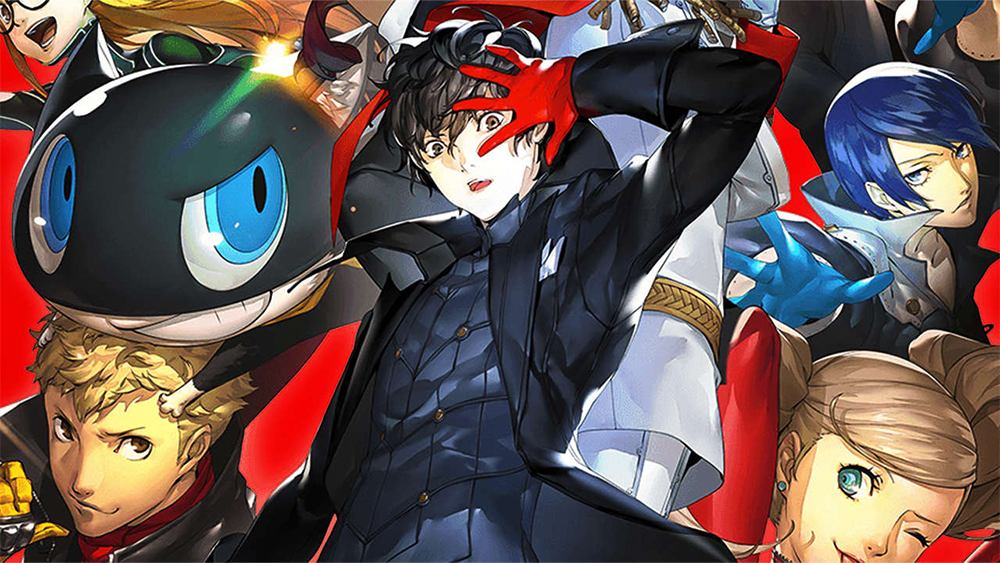
In Persona 5, players take the role of Joker, leader of the Phantom Thieves–a secret group of masked vigilantes that explores the realm of the collective unconscious, infiltrating the hearts of criminals and other unsavory characters terrorizing Tokyo. You’ll split your game time between the real world–where you socialize with friends and other NPCs, attend high school, and even work part-time jobs–and dungeon diving. Persona 5 also incorporates the demon recruiting and fusion mechanics of other games in the Shin Megami Tensei franchise, which is an important part of upgrading and enhancing each of the Phantom Thieves’ stats and skills.
Persona 5 Royal expands on the original Persona 5 with new story chapters, new party members, and new dungeons.
Read our Persona 5 Royal review.
The Elder Scrolls V: Skyrim

Considering how many consoles it’s been ported to, we’d be surprised if you haven’t played Skyrim at this point, and even more surprised if you don’t know what it is. The fifth Elder Scrolls game is playable on just about every major gaming platform that can run it, and it remains one of the biggest and best RPG sandboxes ever created. The nordic-inspired realm of Skyrim is filled with so much to see and do–not to mention endless possible ways to customize your character and their abilities–that we’re not sure you’ll ever run out of anything to do.
Read our Elder Scrolls V: Skyrim review.
Tales of Arise
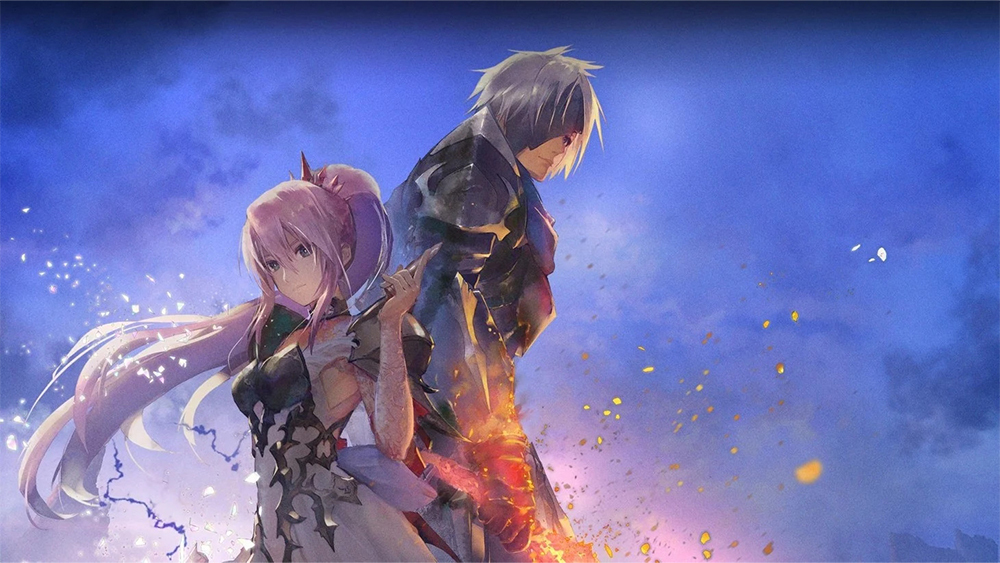
Tales of Arise is the latest entry in the storied Tales series. Like other Tales games, Arise’s story is unrelated to the rest of the franchise, following a group of warriors from opposing factions that join forces to free the land of Dehna from an advanced civilization that invaded the planet hundreds of years ago. Arise is also an action-RPG like previous Tales games, but features an all-new combat system that focuses on big team-up attacks, and gives players direct control over their character’s evasive maneuvers.
Read our Tales of Arise review.
Undernauts: Labyrinth of Yomi
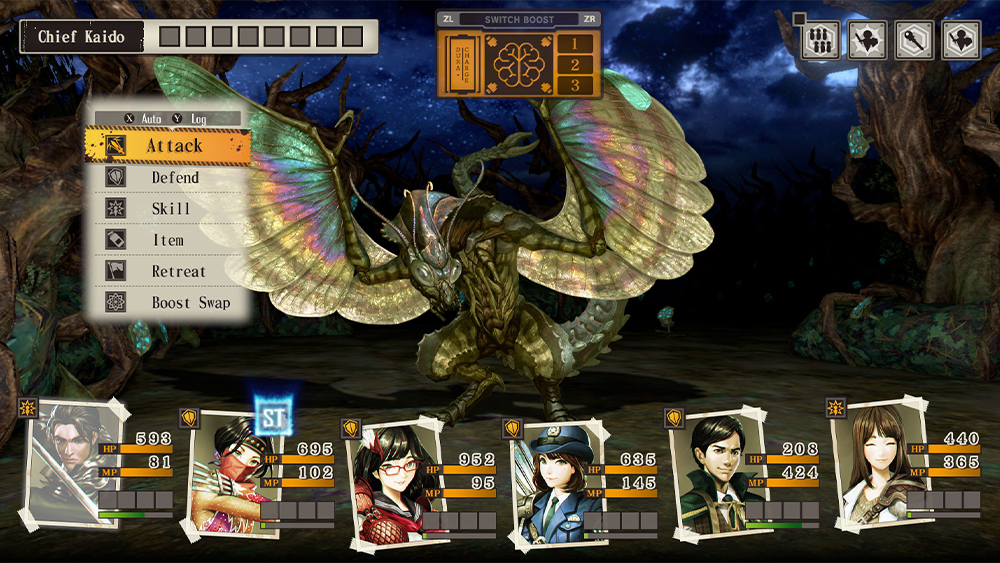
Undernauts: Labyrinth of Yomi builds upon a solid first-person dungeon crawler foundation with novel gameplay innovations and a striking sci-fi horror setting that sets it apart from other games in this niche subgenre. Players control a squad of adventurers employed by the Undernauts: a company that explores a strange dungeon known as “Yomi” that suddenly appeared in Tokyo’s underground years earlier. Yomi is teeming with a powerful energy source and untold riches–you just have to brave the hordes of monsters and deadly traps to find it.
Undertale

Undertale begins with your character–a human child–falling into the underground kingdom of monsters. From there, you’ll find yourself in a surprisingly moving adventure filled with memorable characters, novel iterations on classic RPG mechanics, and game-changing twists. We won’t spoil the surprises, but we highly recommend everyone play this passion project from designer Toby Fox. It’s a quick playthrough, but don’t be surprised if you’re itching to replay once the credits roll.
Read our Undertale review.
The Witcher 3: Wild Hunt
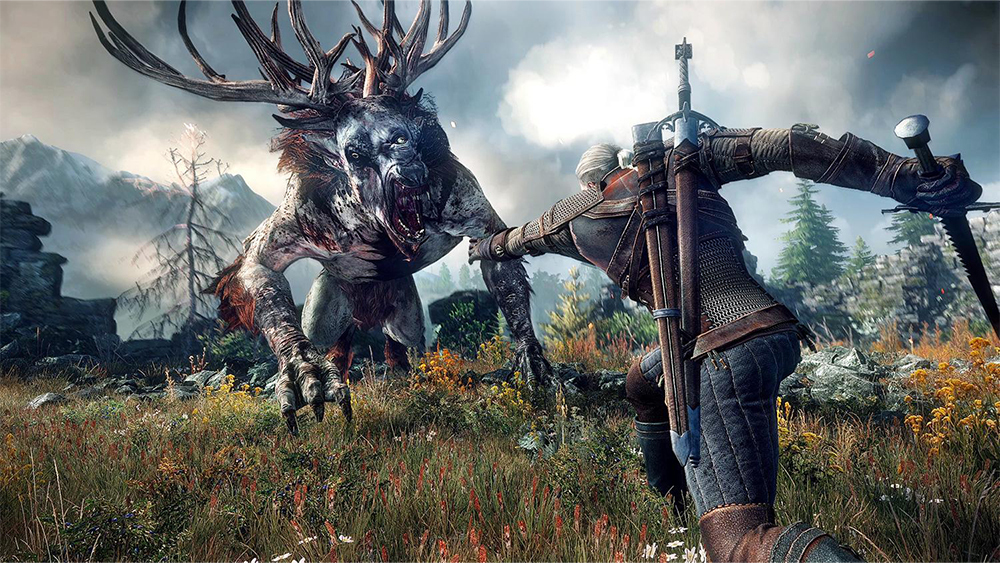
The Witch 3: Wild Hunt is an open-world fantasy RPG where players control Geralt, a monster hunter by trade on a quest to reunite with his long-lost lover. That might sound like “generic fantasy” the video game, but The Witcher 3 stands leagues ahead of the competition thanks to its incredible writing. Side-quests are written with the same care as the main storyline, and almost every character you interact with feels unique. That makes the world feel much more alive, and even the most mundane side-quests feel like important and worthwhile content to explore.
Read our The Witcher 3: Wild Hunt review.
Yakuza: Like a Dragon
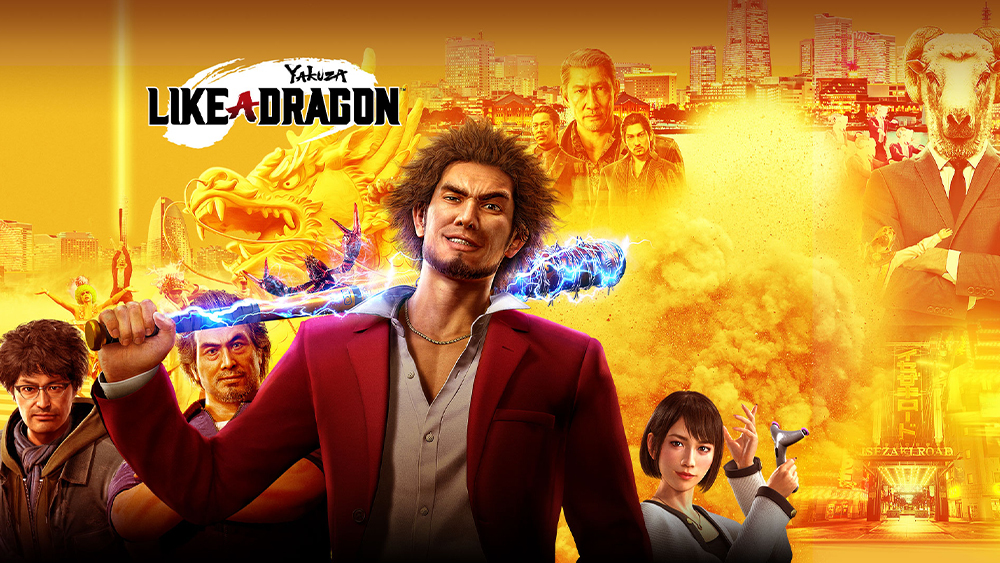
While the Yakuza series has always been RPG-adjacent, Yakuza: Like a Dragon goes all-in, ditching the brawler gameplay of previous games in favor of turn-based fights reminiscent of classic JRPGs, replete with “summons” and “magic” attacks. Characters even level up, and you can assign and unlock jobs to customize your party. These changes aren’t arbitrary stylistic shakeups, however: Like a Dragon’s main protagonist, Ichiban Kasuga, is a professed Dragon Quest fan, and quite literally “imagines” the events of the game as such. Despite the “traditional” JRPG gameplay, Like a Dragon’s setting is entirely unique for the genre, taking place in Yokohama, Japan in the modern-day, and features middle-aged characters in a gripping crime drama, rather than plucky anime protags saving a fantasy world.
Read our Yakuza: Like a Dragon review.
Ys VIII: Lacrimosa of Dana
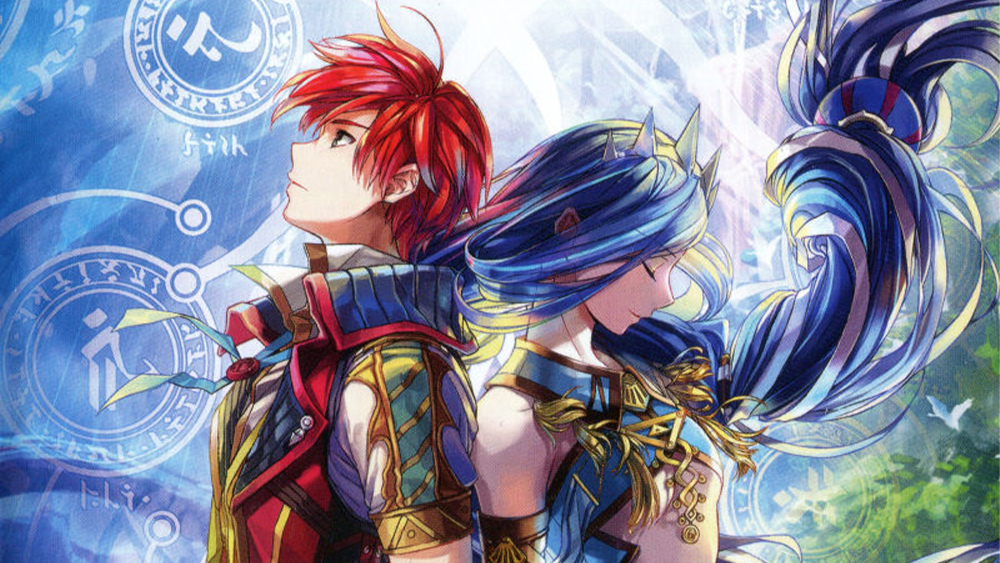
After series protagonist Adol Christin is shipwrecked on a remote island, he teams up with other survivors to explore the island’s strange ruins and battle ferocious beasts. While Ys VIII focuses on the series’ staple action combat, it adds an extra layer of meta progression where you slowly build up a village. As you explore the island, you’ll find more survivors that join your band of adventurers, and collect materials you can use to upgrade your town.
You don’t need to play the other games in the series before Ys VIII, but for those who want to experience more Ys titles Ys IX: Monstrum Nox and Ys Origin are also available on PS4.
Read our Ys VIII: Lacrimosa of Dana review.
The products discussed here were independently chosen by our editors.
GameSpot may get a share of the revenue if you buy anything featured on our site.
